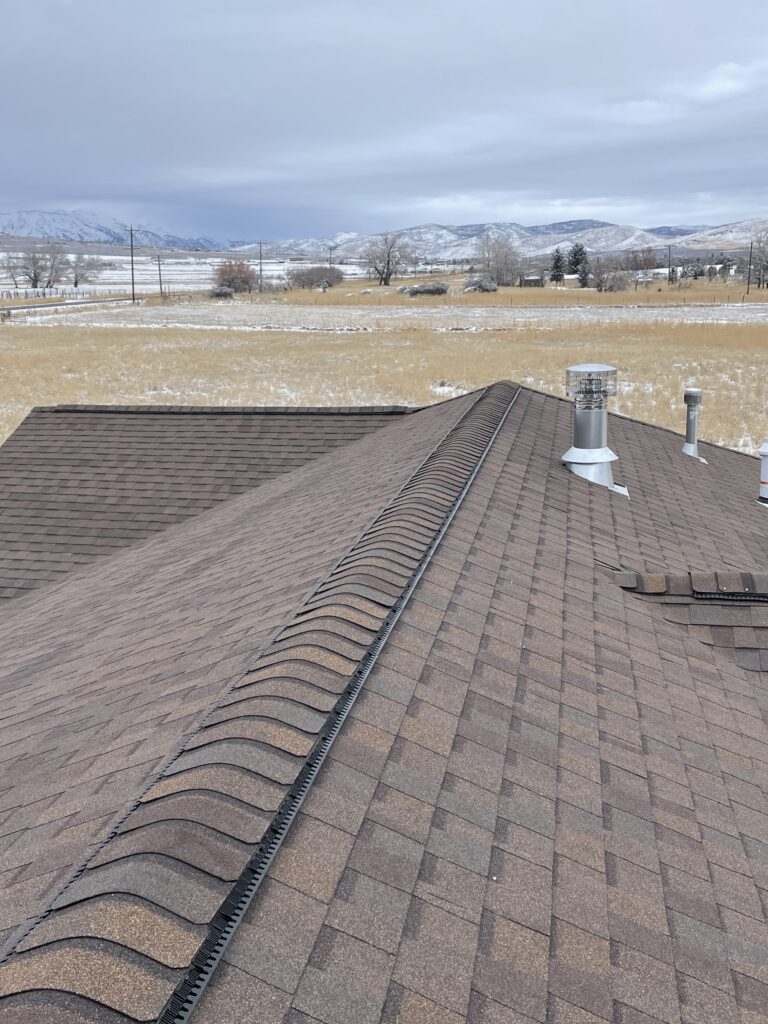Comprehensive Guide to Roof Repairs: Ensuring Durability and Safety

Roof repairs are essential for maintaining the structural integrity of your home, ensuring safety, and avoiding costly damage. This guide provides an in-depth look at various aspects of roof repairs, from common issues to professional solutions, to help you keep your roof in top condition.
Identifying Roof Damage: Common Signs and Causes
Identifying roof damage early is key to preventing further complications. Here are common signs of roof damage:
- Leaking or Water Stains: Dark stains on ceilings or walls may indicate a roof leak.
- Missing or Damaged Shingles: High winds and harsh weather can cause shingles to crack or go missing.
- Sagging Roofline: A sagging roofline may suggest structural issues.
- Mold and Mildew: These can develop in areas of persistent moisture, indicating potential roof damage.
- Granules in Gutters: If you find shingle granules in your gutters, your roof's protective layer may be wearing away.
These issues can stem from various causes, including severe weather, age, poor installation, or lack of maintenance.
Essential Roof Repair Techniques and Materials
Once you've identified the issue, it's time to consider the necessary repair techniques. Here are some common roof repair methods and materials:
- Shingle Replacement: Damaged or missing shingles should be replaced promptly. Use high-quality asphalt shingles for durability.
- Roof Patching: For small leaks, roofing cement, and patches can be applied to seal the damage.
- Flashing Repair: Flashing around chimneys, vents, and skylights must be watertight. Replace or reseal damaged flashing.
- Roof Coating: Applying a protective roof coating can extend the life of your roof and prevent leaks.
- Gutter Repair and Cleaning: Proper drainage is essential to avoid water pooling and roof damage.
The Importance of Professional Roof Inspections
Regular professional roof inspections can help catch problems early and save you money in the long run. Here's why they're crucial:
- Comprehensive Assessment: Professional inspectors have the expertise to identify hidden issues.
- Preventative Maintenance: Regular inspections help you maintain your roof and prevent costly repairs.
- Safety: Roof inspections can uncover safety hazards that you might overlook.
- Insurance and Warranty Compliance: Many insurance policies and roof warranties require regular inspections.
Roof Repairs: DIY or Hire a Professional?
Deciding whether to tackle roof repairs yourself or hire a professional can be challenging. Here's a comparison to help you make the right choice:
DIY Roof Repairs
- Cost-Effective: DIY can be less expensive if you have the skills and tools.
- Smaller Repairs: Ideal for minor issues like replacing a few shingles or clearing gutters.
- Learning Opportunity: Gain valuable skills and knowledge.
Hiring a Professional
- Expertise: Professionals have the experience to handle complex repairs.
- Safety: Roof work can be dangerous, and professionals have the proper equipment.
- Warranty Protection: Professional repairs may be covered by warranties.
- Time-Saving: Professionals can complete the work quickly and efficiently.
Roof Repair and Maintenance Schedule
Establishing a regular roof repair and maintenance schedule is vital to ensure your roof's longevity. Here's a recommended timeline:
- Monthly: Inspect for visible damage and clear debris from gutters.
- Biannually: Perform a more thorough inspection, checking for signs of leaks, shingle damage, and other issues.
- After Major Storms: Inspect your roof for damage and ensure all flashing and shingles are intact.
- Every 3-5 Years: Consider professional inspections to ensure all components are in good condition.
The Environmental Impact of Roof Repairs
Roof repairs can also have environmental implications. Consider these tips to minimize your environmental impact:
- Recycling Old Shingles: Look for recycling programs for asphalt shingles.
- Use Sustainable Materials: Choose roofing materials that are energy-efficient and environmentally friendly.
- Reduce Waste: Minimize waste by reusing materials when possible.
- Energy Efficiency: Ensure your roof has proper insulation and ventilation to reduce energy consumption.
Conclusion: Protecting Your Investment with Roof Repairs
Regular roof repairs and maintenance are essential for protecting your home and ensuring its longevity. By identifying issues early, choosing the right repair techniques, and understanding when to seek professional help, you can keep your roof in excellent condition for years to come.
This diagram outlines the basic steps for roof repairs, emphasizing the importance of inspection, identifying the extent of damage, choosing the appropriate repair method, and maintaining a regular schedule for optimal roof longevity.
- Industry
- Art
- Causes
- Crafts
- Dance
- Drinks
- Film
- Fitness
- Food
- Jeux
- Gardening
- Health
- Domicile
- Literature
- Music
- Networking
- Autre
- Party
- Religion
- Shopping
- Sports
- Theater
- Wellness
- News


